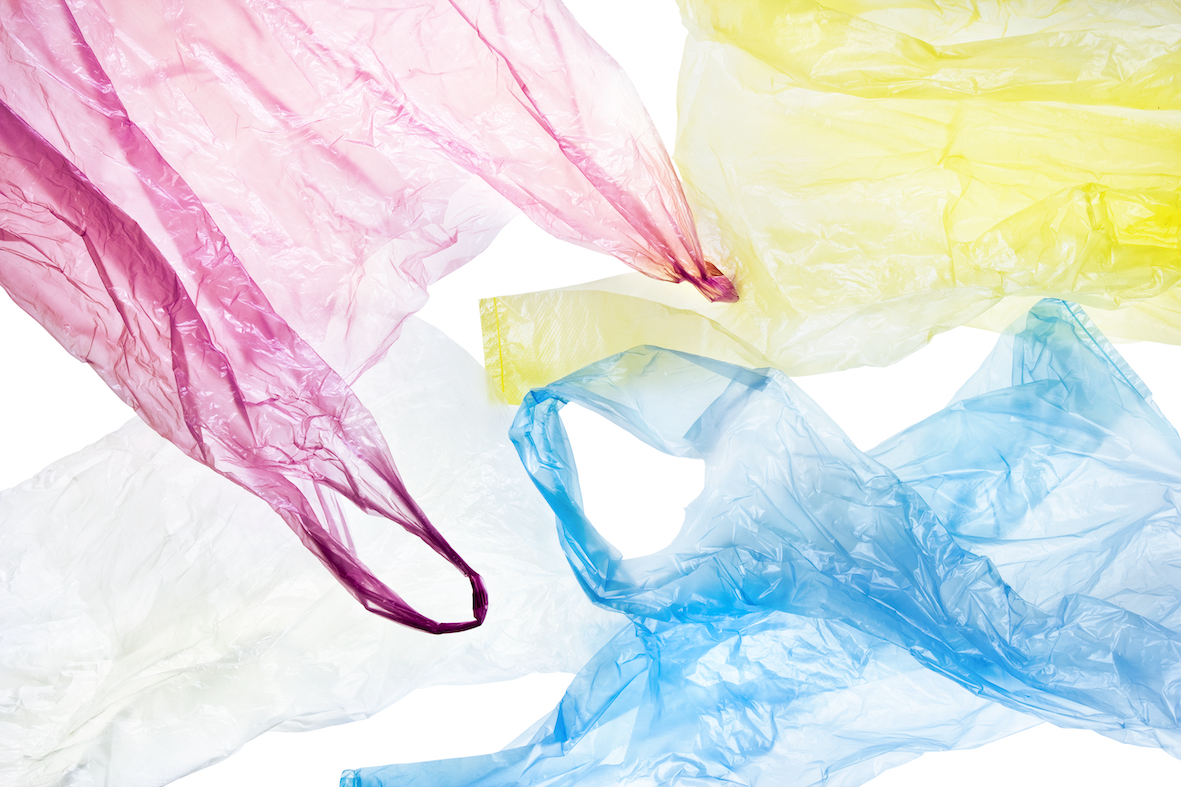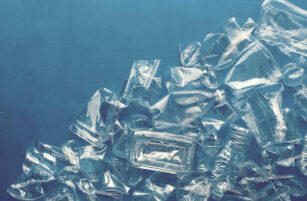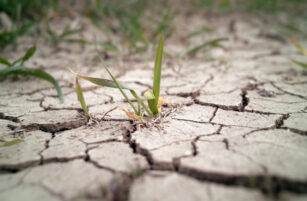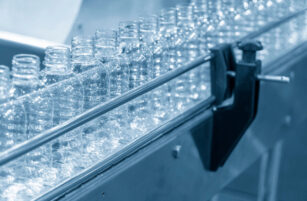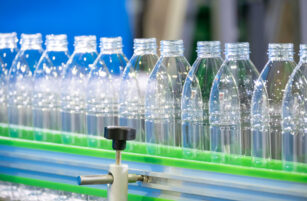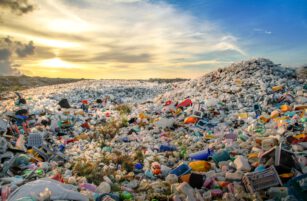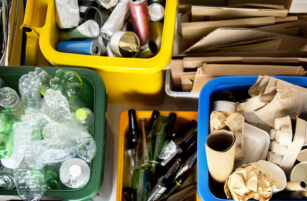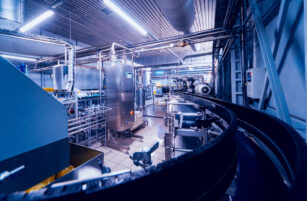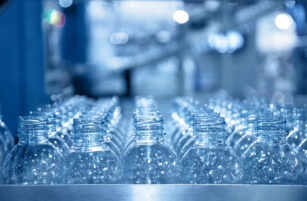
A Controversial, But Indispensable Part of Modern Life
Plastic has become an indispensable part of modern life; the growth in its usage reflects this.

Its heightened use stems from its benefits as a lightweight medium in food waste reduction, food preservation, hygiene and convenience.
However, the use of plastics has become mired in controversy due to its environmental profile, and out in front is the plastic that goes into packaging, which is the largest sector user (40%).

The problem is severe. According to UN News (2017), various studies estimate that there are between five and 50 trillion plastic particles in our oceans today and they are often ingested by marine animals. Fortunately, the general public has become much more aware of the issues involved and can be further engaged.

Another issue is the significant use of oil, gas and petrochemicals (especially naphtha) in the production process, which increase greenhouse gas emissions and deplete valuable natural resources.
The prognosis is complex, and a substantial part of these articles will be dedicated to this issue. Proponents of a reduction in plastic packaging in favour of paper perhaps forget that this made from wood, which is often not grown sustainably and could easily have equally poor or worse environmental impacts. Supporters of reduced landfill in favour of closed loop (circular economy) systems and biodegradable plastics sometimes forget that the replacement capacities of such systems are still in the early stages.
Governments are also becoming increasingly active in this sector. A good example is the new EU Directive 2019/904 on the reduction of the impact of certain plastic products on the environment. This will become law on 3rd July 2021.
Some of the key features are:
- A collection target of 90% recycling for plastic bottles by 2029 (with an interim target of 77% by 2025). These bottles should contain at least 25% recycled plastic by 2025 (for PET bottles) and 30% by 2030 (for all bottles).
- A sustained quantitative reduction in consumption of some single-use products, such as plastic cups, by 2026 (compared to a 2022 baseline) and a ban on several single-use plastic products, such as cutlery, plates, straws and beverage stirrers.
The directive incorporates the ‘polluter pays’ principle, which means producers will have to cover the costs of:
- Waste Management Clean-Up
- Data-Gathering
- Raising Awareness for following products food and beverage containers, packets, wrappers, lightweight carrier bags, and tobacco products with filters.
Defining ‘Plastics’
The words ‘polymers’ and ‘plastics’ are sometimes used interchangeably in material technology, but that’s not technically correct.
Commercial plastics, such as resins in the US, are derived from monomers that are made up of small molecules and processed to form materials with very large molecules in a process called ‘polymerization’.
During this process, other chemicals such as plasticizers, colorants, reinforcements and stabilizers are also introduced. The final product consists of several identical and repeating molecule units.
Yes, this is why many plastics start with the ‘poly’ prefix (e.g. polythene, polystyrene, etc).

In short, all plastics are polymers but not all polymers are plastics. This is because there are some naturally occurring polymers, such as cellulose and natural rubber, which cannot be processed like a commercial plastic material until they are altered from their natural state.
Under some circumstances, the production of plastics from polymerization can occur without interference, which is why some plastics have been discovered by accident or as part of another process, as was the case with two German chemists, Eugen Baumann (PVC, 1872) and Hans von Pechmann (Polyethylene,1878).

Polymers can be subdivided into various categories.

For the purpose of food and beverage packaging, the important route is semi-crystalline (structured) polymers as they can be used to create containers and similar receptacles.
Some Final Thoughts
For now, plastics are indispensable, and so the discussion needs to be orientated towards how we use them in a responsible manner, while also discussing where appropriate some alternative products.
There’s already a widening gap between best practices, such as closed loop recycling, and the inferior options, such as landfill disposal and single use plastics.
This series is here to guide you through the issues.

Other Opinions You Might Be Interested In…

